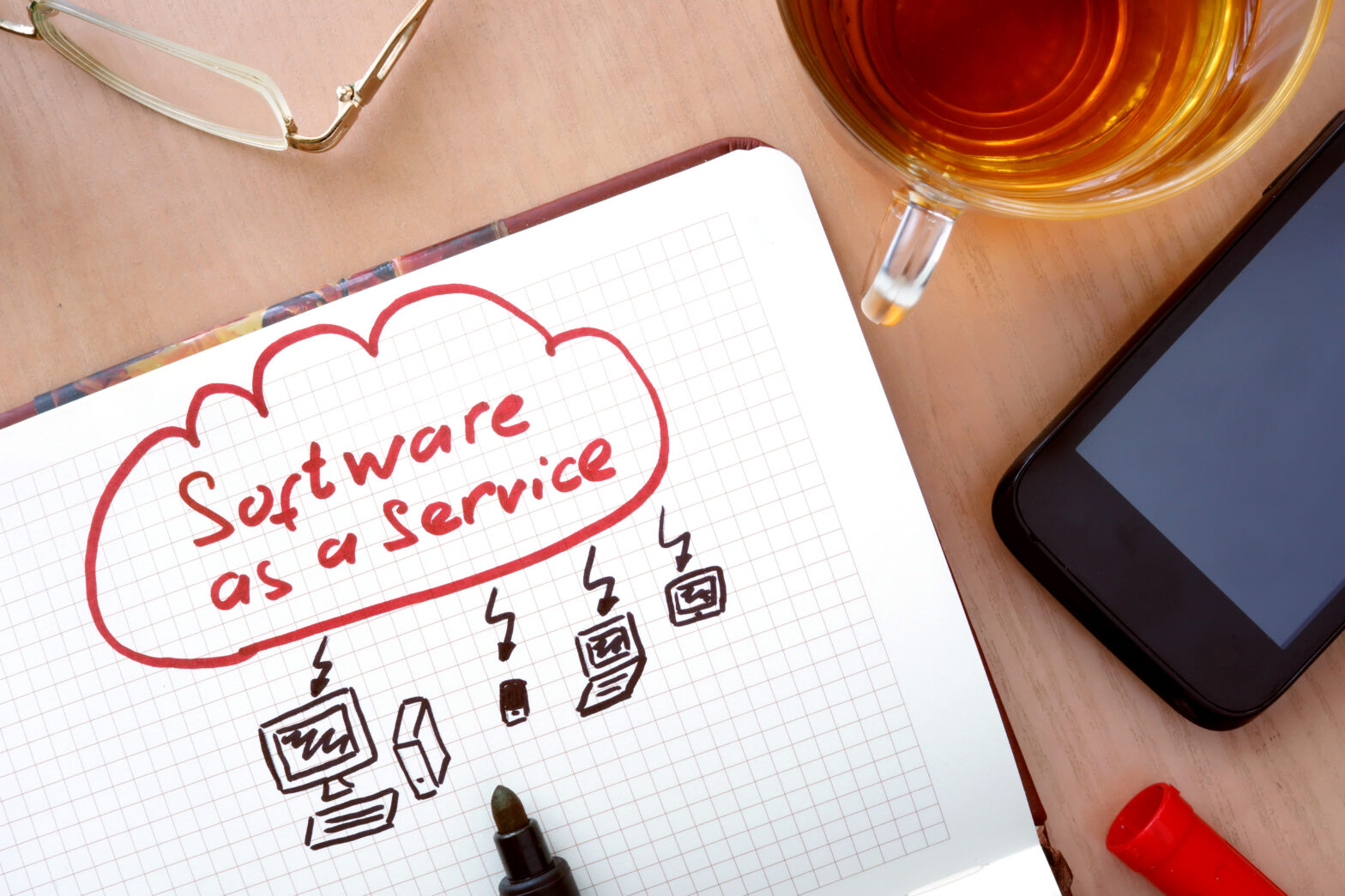It’s no secret that over the last three to five years, independent software vendors (ISVs) have spent a huge amount of time and effort developing Software as a Service (SaaS) offerings. Progress is varied and for many ISVs it is still relatively early days – with the transformation of legacy on-premise code and architectures proving lengthy and complex.
Add to that the changes and philosophy shifts required around differing revenue profiles, service delivery, sales training and remuneration, as well as sales and marketing strategies, and the transition from an ISV to a service provider has perhaps proved to be a greater challenge than first expected.
That said, the potential for ISVs and pure-play SaaS providers is definitely there – according to IDC, the market for SaaS and cloud software will exceed $100 billion in the next two years and SaaS is set to become the dominant model of application consumption for 80% of organisations by 2018.
While the opportunity does exist, as the SaaS market matures, software vendors face two main challenges. Firstly, the market is becoming highly competitive with an increasing number of SaaS offerings and a broader range of vendors entering the market.
It is also becoming clear that one size does not fit all and, as compelling as the concept of SaaS is, over time many end customers have found the service and functionality too inflexible for their requirements.
So, what can software vendors do to address these challenges? There are a number of key areas to consider, all grouped beneath the overarching approach of working with a trusted provider to smooth the process and offer valuable levels of service maturity, expertise and advice.
The expanding portfolio and channels to market
In this increasingly competitive market, ISVs and SaaS vendors need the ability to address a wider target audience. This could mean adapting to address new markets entirely, or expanding into different regions.
> See also: 7 clever tactics to help manage SaaS migration
Hosted and managed software solutions, specifically tailored for a customer, are becoming increasingly prevalent. Developing a broad portfolio of pre-architected, highly available ‘hosted and managed’ software services enables ISVs and SaaS providers to address a wider set of customer requirements, thus expanding the target customer base.
This expansion of service portfolio will help differentiate organisations from competitors, create new sales channels and drive additional revenue.
Quality of service delivery
Regardless of industry, service delivery is a key facet of success. For ISVs or SaaS providers this becomes a bit of challenge because as their organisations grow, their approach to service delivery needs to evolve accordingly.
For the most part this can be accomplished by implementing more mature processes and policies. In this space specifically, performance, availability and support are three pillars that a provider’s reputation rests on.
This means that disruption to any one of those pillars will have a knock-on effect on business, with the net result being lost customers and/or revenue. As a result, ensuring customer satisfaction through quality of service is essential, not only to maintain trust and foster end customer relationships, but also to protect the bottom line.
Compliance, data security and privacy
In the move from ISV to SaaS provider organisations are taking on more of the responsibility and the subsequent risk – particularly around helping customers ensure data security, privacy and regulatory compliance.
This includes considering where data is being held, what layers of security are in place around that data, and what certifications and best practices will solidify the service offering.
In addition, ISVs or SaaS providers need to fulfil the demands of their customers who are now expecting increasing levels of transparency by providing the ability to audit/review all components of the SaaS platform, from application to the underlying infrastructure.
Managing cash flow
In the journey to becoming a service provider, ISVs can better manage and de-risk cash flow by taking advantage of smarter commercial models now available from hosting service providers that align more to their own pricing strategies – such as OPEX-based pricing and ‘per user’ charging.
Strengthening business value
In the transition to SaaS provider and beyond it is important for vendors to remain focused on core priorities and avoid the trap of being burdened with managing suppliers and maintaining supporting infrastructure that are no longer fit for purpose.
As a result, it becomes crucial for ISVs to find a provider that offers the right platform, scalability and the levels of service to support their portfolio, thus ensuring they have the essential time required to develop and innovate their service offering and customer experience.
Harnessing the power of big data and business intelligence
In the age of big data analytics, using business intelligence and analytics capabilities will help ISVs optimise their service offering and unlock a number of new revenue streams.
This includes areas such as using operational analytics to proactively improve customer experience by tracking demand cycles, platform usage, faults and support tickets.
> See also: Is SaaS safe? 5 tips for keeping data secure in the cloud
It can also mean having the ability to track user behaviour, aggregate user metadata and integrate external data sources to enhance their offering and deliver a more effective and targeted service to customers.
The transition from ISV to SaaS provider is not necessarily an easy one, but well worth it in terms of market opportunity and potential for growth. This shift affects more than the strategy, organisation philosophy and operational aspects of a business – it’s a fundamental change from providing a product to providing a service.
As a result, it touches everything from the way that service is now marketed and sold into customers, to the ways in which it’s delivered and supported. While there are many waypoints along the journey, a trusted cloud partner – that can offer advice, knows the market and understands the challenges that need to be overcome – is perhaps the best place to start.
Sourced from Tom Brand, business development manager, Pulsant







